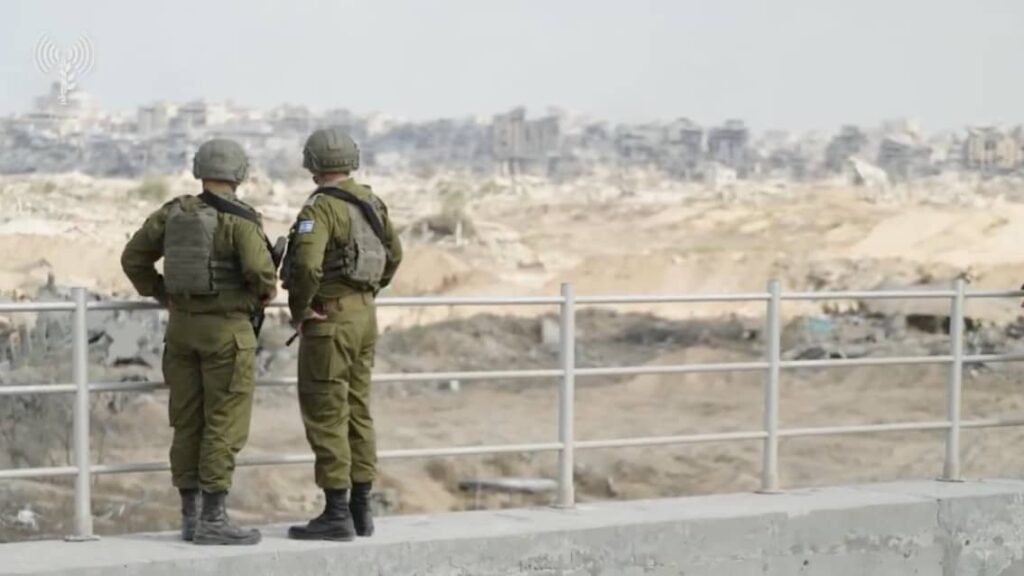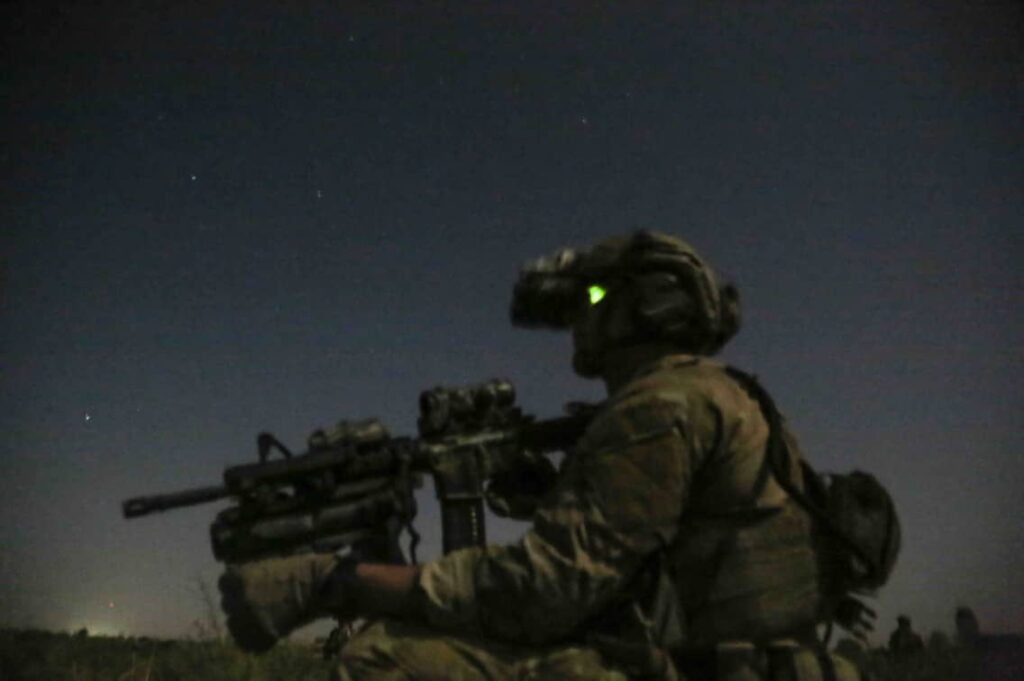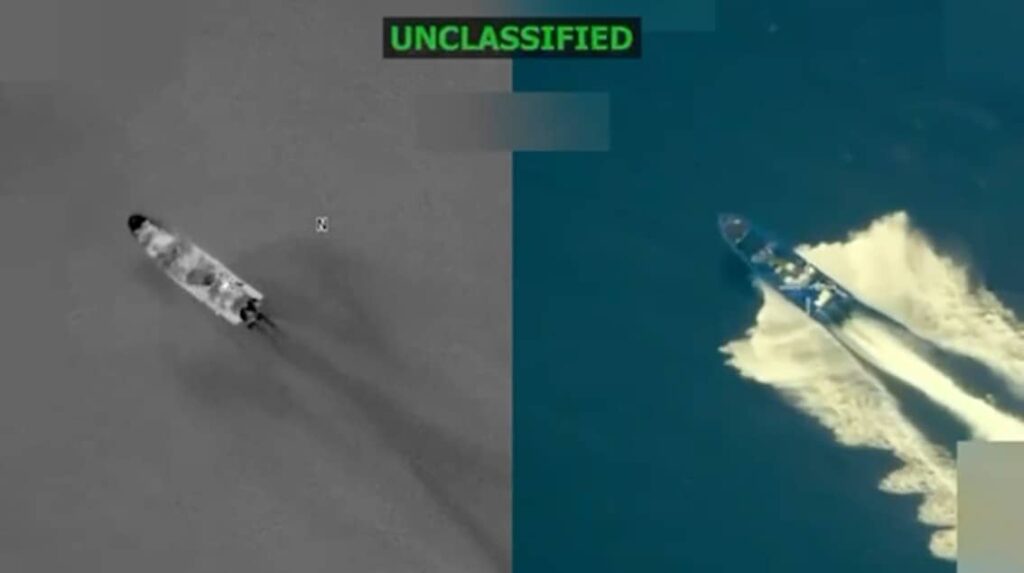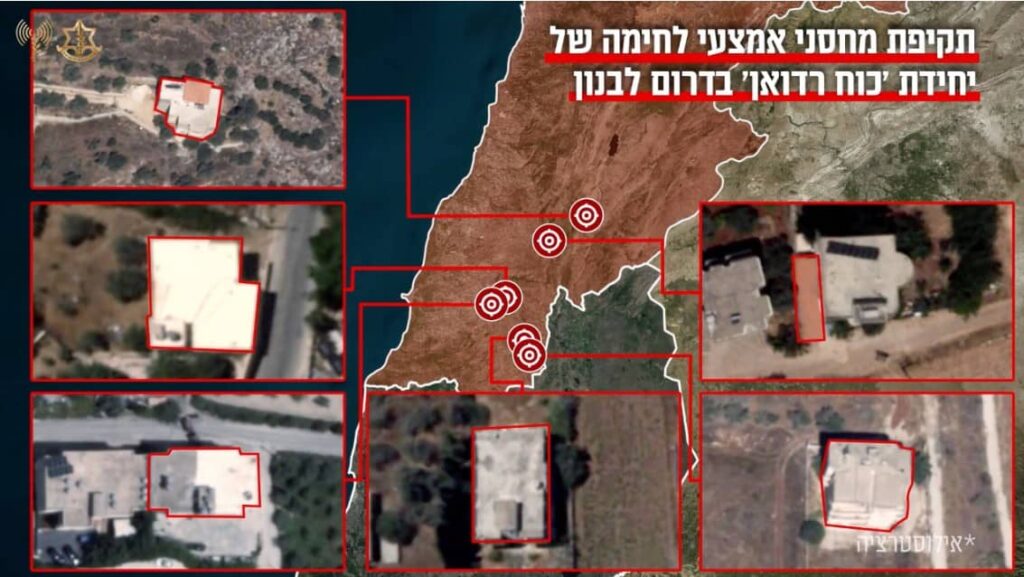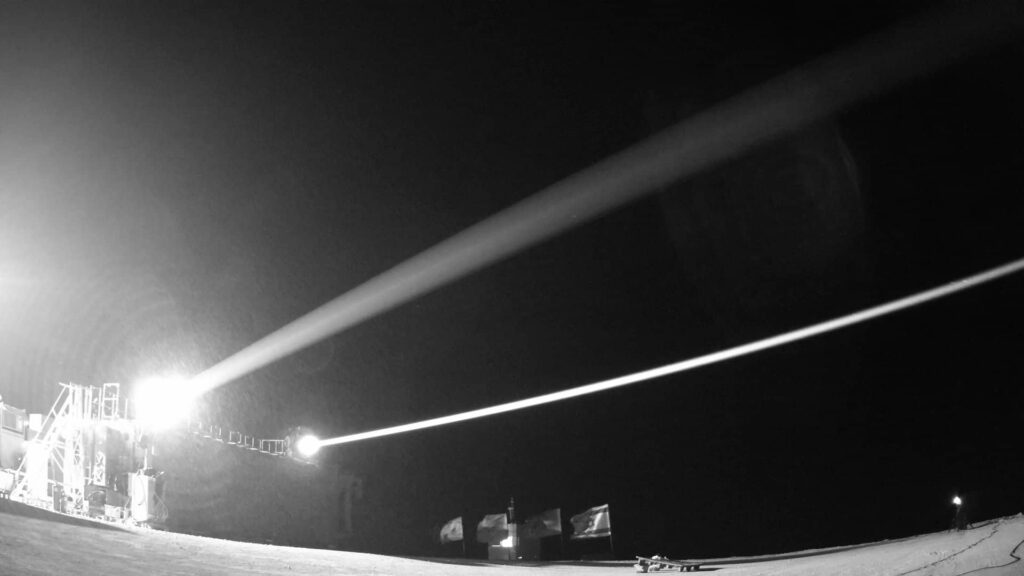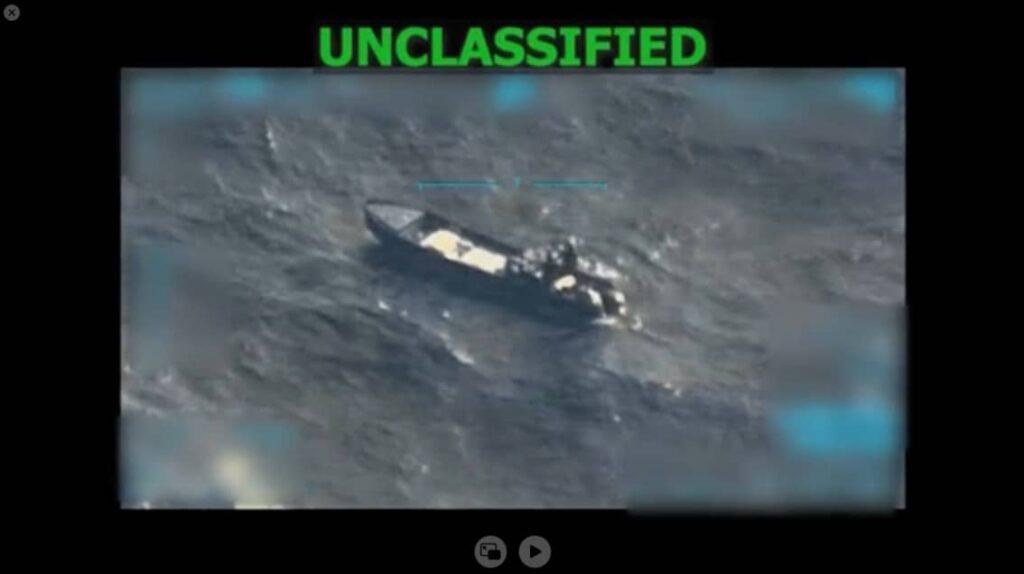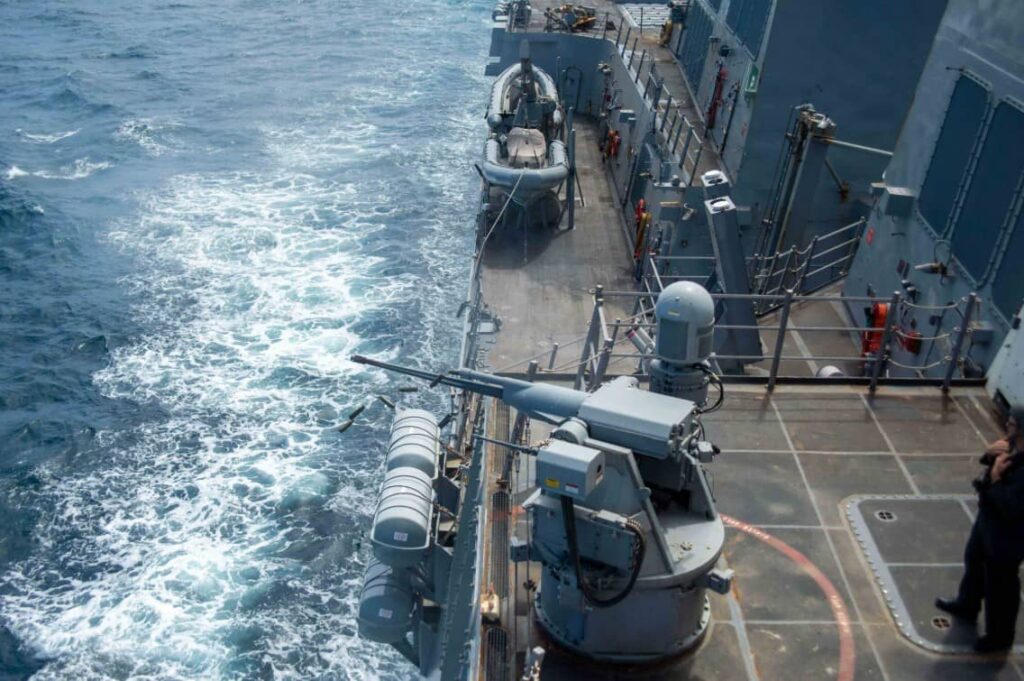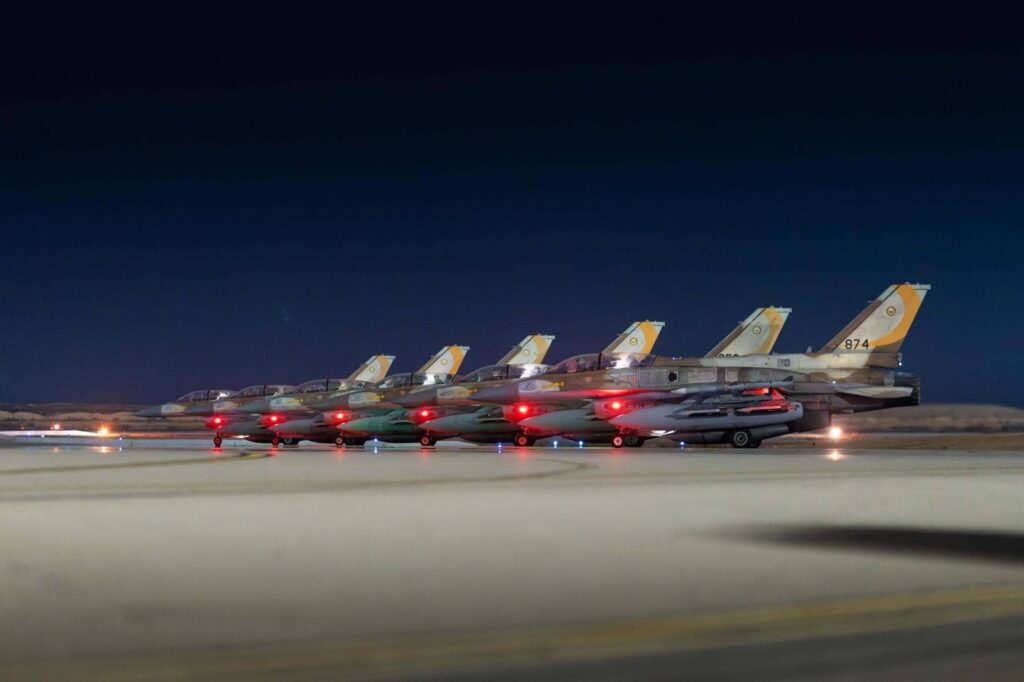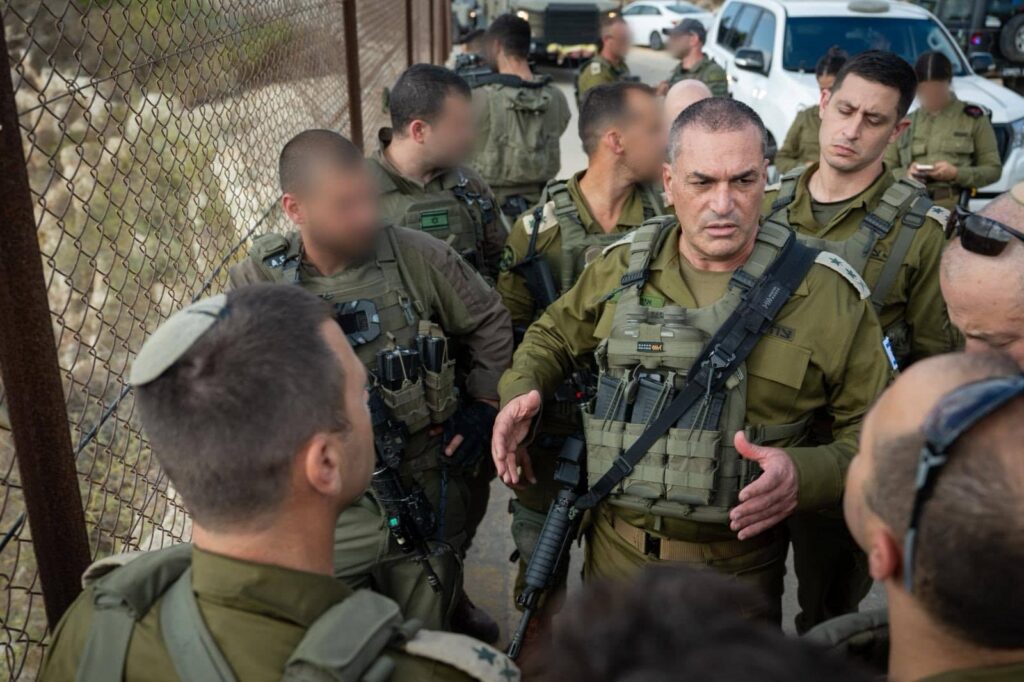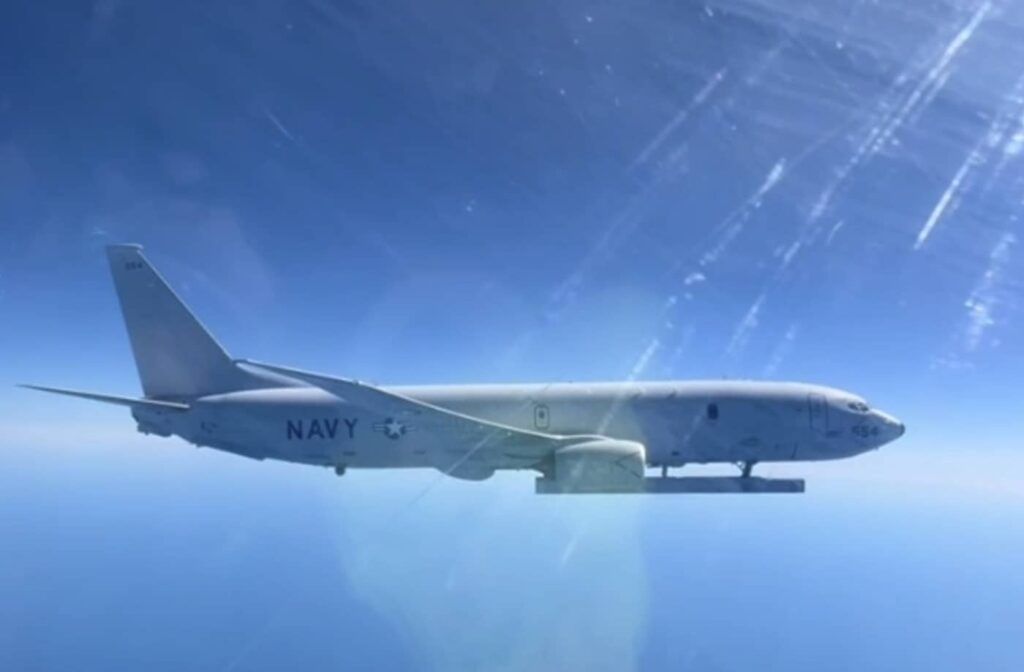Pentagon Reveals How B-2 Bombers Carried Out Secret Strike on Iran’s Nuclear Sites
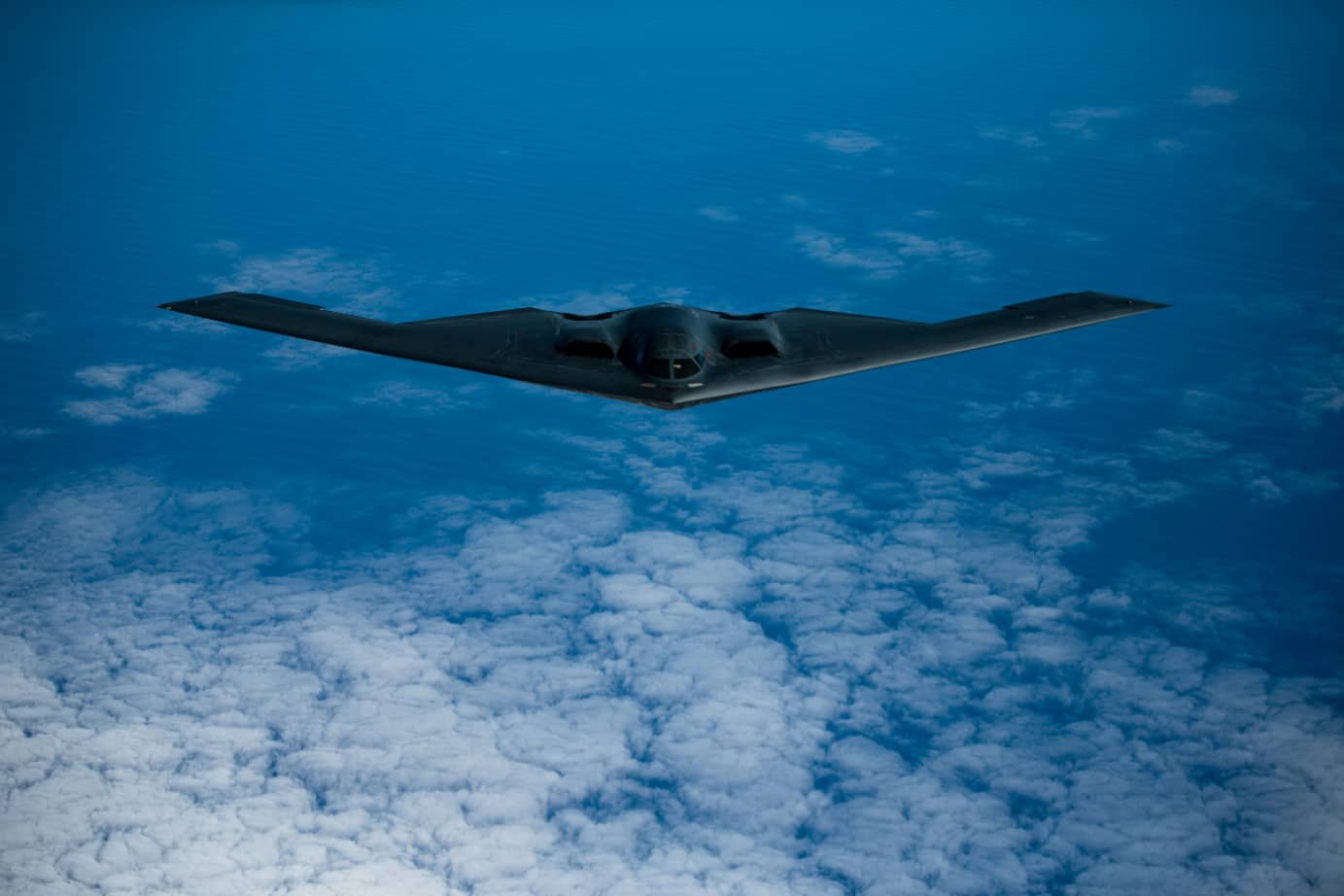
Pentagon officials on Sunday revealed how a fleet of B-2 stealth bombers executed a surprise strike on Iran’s key nuclear facilities without being detected.
The U.S. on Saturday launched a coordinated strike on Iran’s key nuclear sites, including Fordo, Natanz, and Isfahan, as part of Operation Midnight Hammer, aimed at significantly disrupting Tehran’s nuclear capabilities.
Gen. Dan Caine, chairman of the Joint Chiefs of Staff, explained that the operation was highly classified, with only a small number of officials in Washington informed about its timing and scale. “The element of surprise was total,” Caine said during a Pentagon briefing. “Iran’s fighters didn’t fly, and their air defenses didn’t see us.”
.@TheJointStaff General Dan Caine outlines “Operation Midnight Hammer” from the Pentagon this morning. You don’t get better than General Caine, he is the best of the best, and the real deal—God Bless our United States Military, the GREATEST in the WORLD🌎🇺🇸🦅 pic.twitter.com/Tc2h2IMPPP
— Dan Scavino (@Scavino47) June 22, 2025
Caine said the mission involved the deployment of seven B-2 Spirit bombers from Whiteman Air Force Base in Missouri, flying eastward to carry out the strikes inside Iran. To mask the operation’s true objective, another formation of B-2s flew west over the Pacific as a diversion, fueling speculation in the media that the aircraft were headed toward the U.S. base in Guam.
Caine said as the bombers neared their targets, the U.S. employed multiple deception measures, including the use of decoys.
According to Caine, at around 5 p.m. ET on Saturday, just before the B-2 bombers entered Iranian airspace, a U.S. submarine fired over two dozen Tomahawk cruise missiles at targets in Isfahan.
At approximately 6:40 p.m. ET, the lead B-2 bomber, released two “bunker-buster” bombs known as the GBU-57 Massive Ordnance Penetrators (MOP), on the Fordo site. In the next 25 minutes, a total of 14 MOPs were dropped on targets at Fordo and Natanz.
According to Caine, more than 125 U.S. aircraft took part in the mission, comprising B-2 bombers, fighter jets, refueling tankers, and surveillance planes, along with over 75 precision-guided munitions.
Open-source reports on Sunday said the B-2 bombers had already returned to U.S. airspace.
B-2 bombers return home to the US pic.twitter.com/0nQHlFLzPt
— Wladimir van Wilgenburg (@vvanwilgenburg) June 22, 2025
“Initial battle damage assessments indicate that all three sites sustained extremely severe damage and destruction,” Caine said, while noting that a comprehensive evaluation will require more time.
Meanwhile, in response to U.S. airstrikes on its nuclear facilities, Iran on Sunday morning launched a barrage of more than 40 ballistic missiles targeting northern and central Israel, injuring at least 86 people.
Iran had previously vowed to retaliate if the U.S. joined Israel’s offensive, which began on June 13 with airstrikes targeting Iranian nuclear sites and military installations.
Following the U.S. strikes, Iranian Foreign Minister Abbas Araqchi said that Iran is weighing all possible responses and would not resume diplomatic talks until it had taken retaliatory action against the U.S.
“The U.S. showed they have no respect for international law. They only understand the language of threat and force,” he said.
On Sunday, U.S. President Donald Trump warned on Truth Social that “any retaliation by Iran against the United States of America will be met with force far greater than what was witnessed tonight.”

